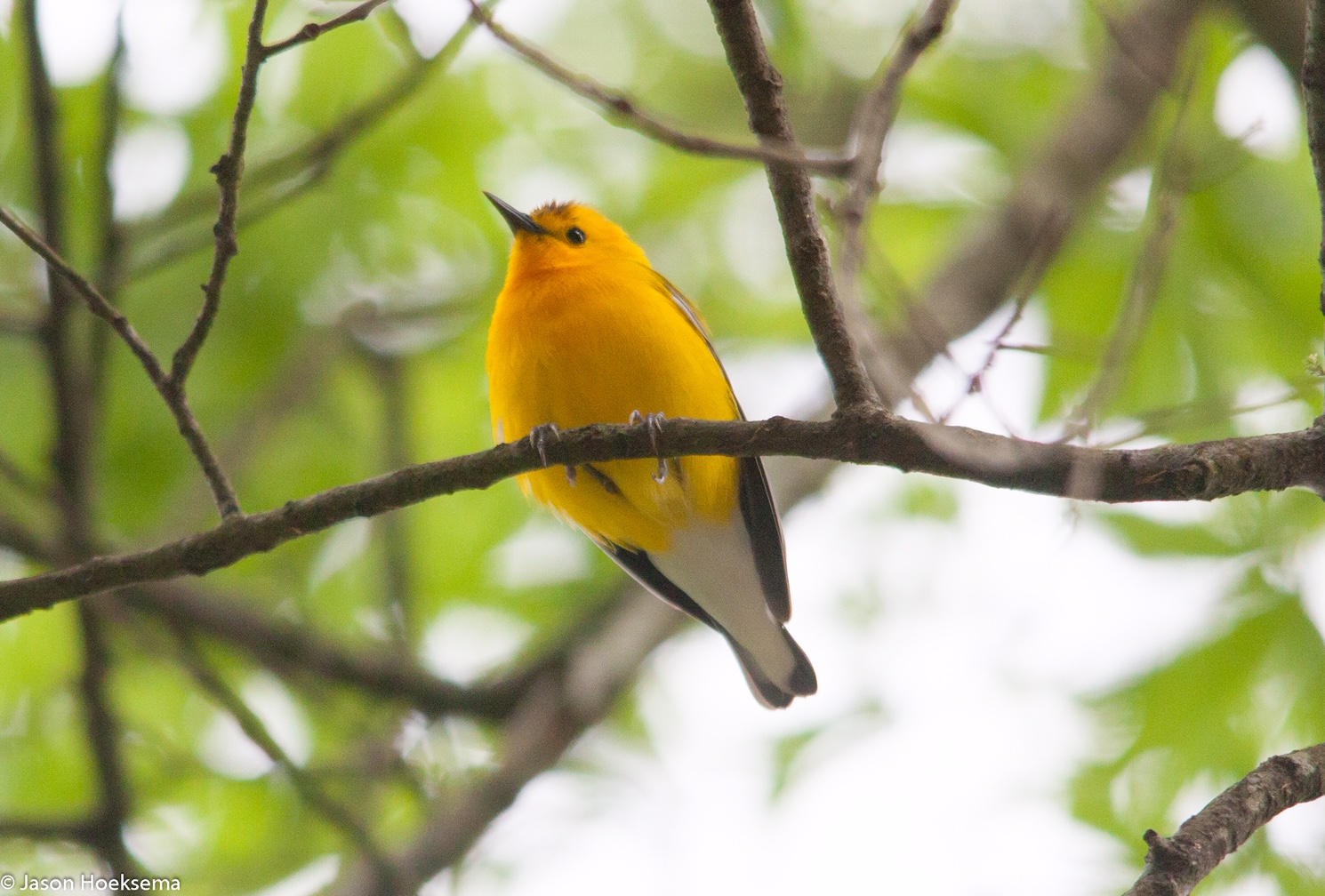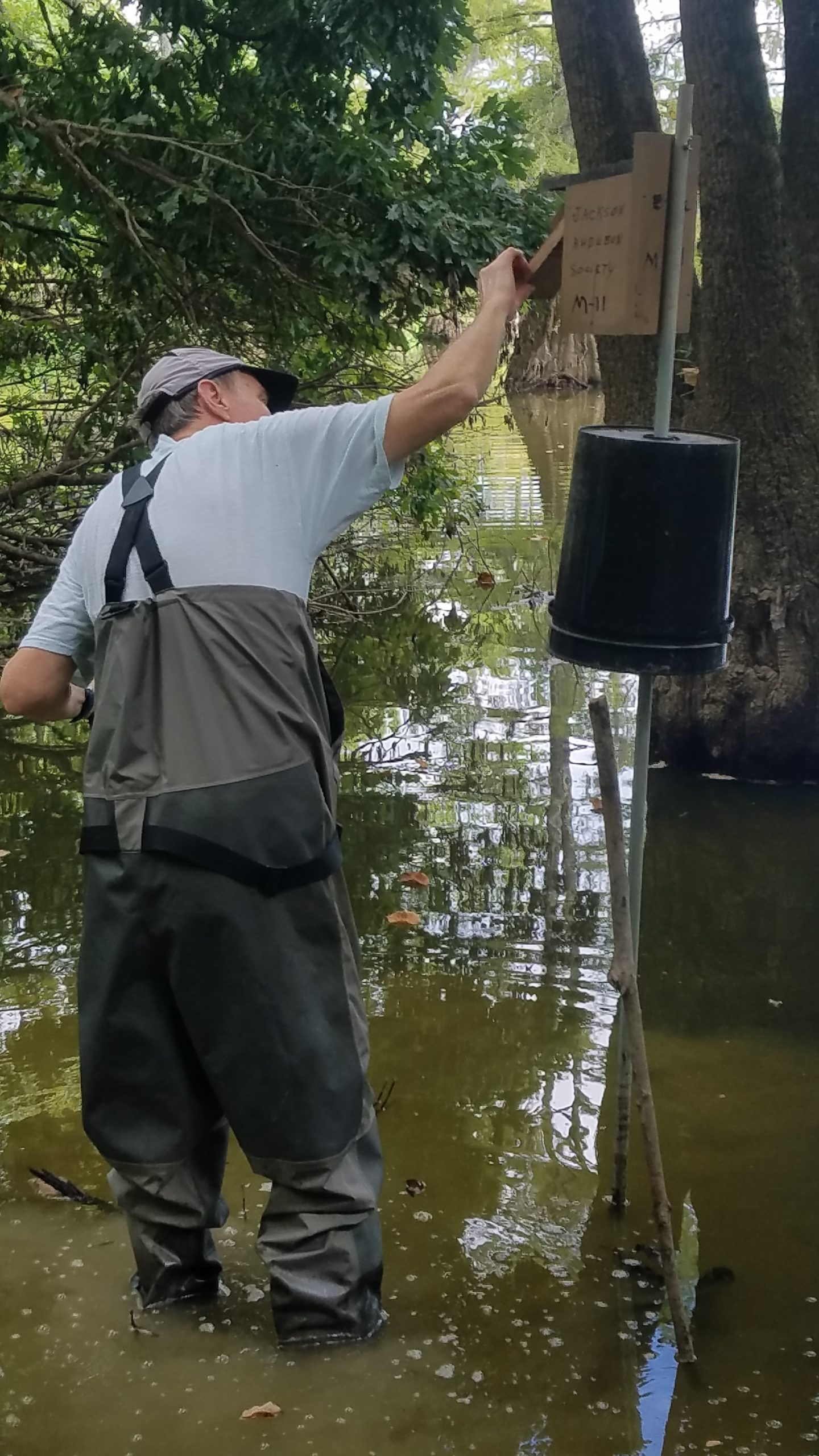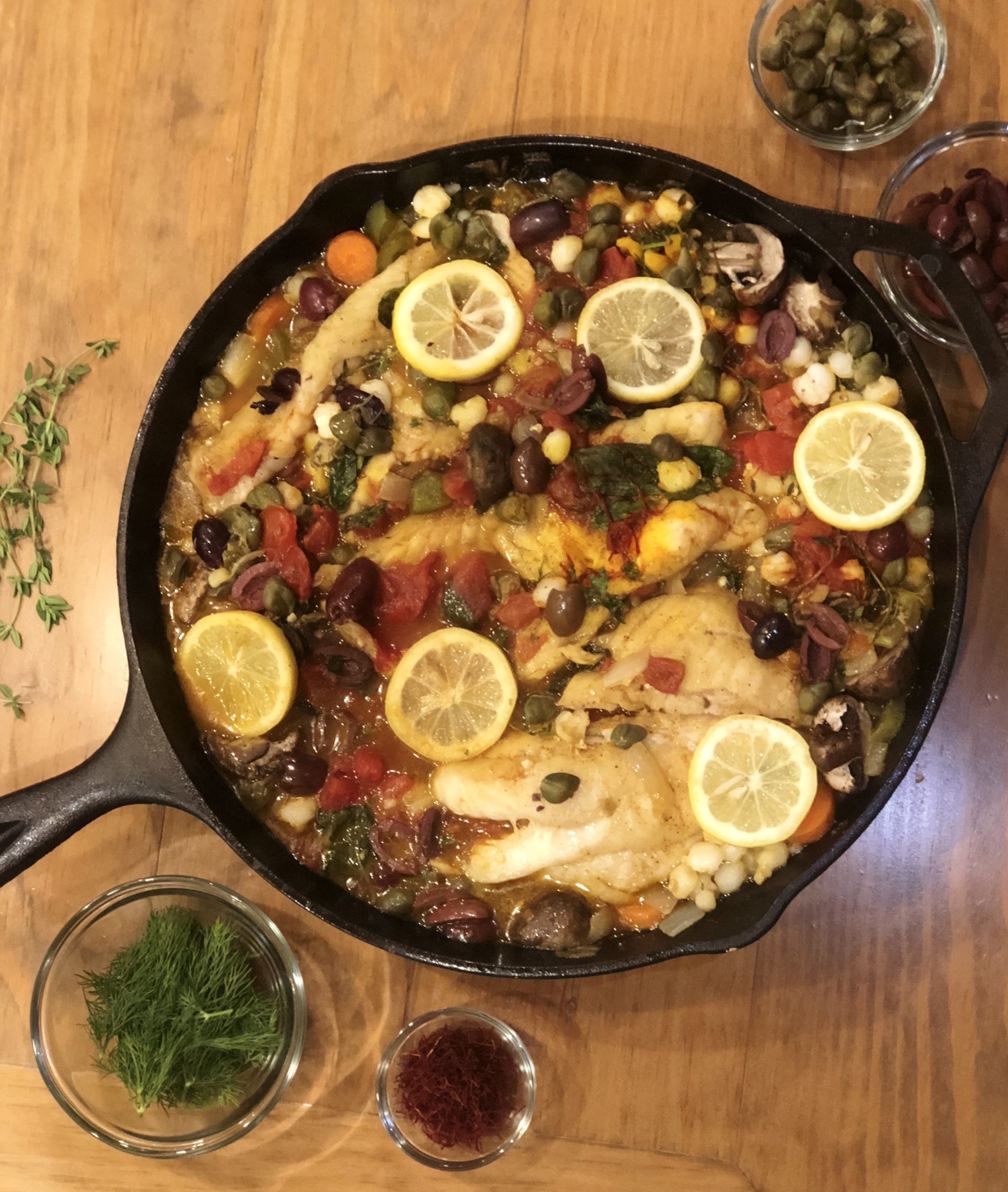A Letter From Our CEO
August 12, 2020November 2020 Newsletter
November 13, 2020
It’s HERE! Hunting and Angling Season is FINALLY Upon Us!
This weekend ushers in a host of opening season dates. We’re sure you’ve had your calendars marked all year long, but just in case you want to try your hand (or taste buds) at a new species, here is what you can venture out to try and harvest this weekend:
Alligators. If you were lucky enough to get drawn for a tag, the season started Aug. 28 ends on Sept. 7. Canada goose. The season opened Sept. 1 and ends Sept. 30. Dove. The season starts Sept. 5 in both zones and ends Sept. 15 in the South Zone and runs through Oct. 6 in the North Zone. Gallinules and rails. The season for these migratory shorebirds began Sept. 1 and runs through Sept. 30. Teal. One of the shortest season, duck hunters love this quick window for shooting the tasty early-migrating blue-winged teal. It opens Sept. 14 and ends Sept. 29. Red Snapper. Arguably one of the tastiest fish in the MS Gulf waters, we’ve been waiting on DMR to set the season opener, and we finally have it. Troll while you can, though, as the season will close with minimal notice as soon as the 2020 allocation is exhausted.
Red Snapper Season Opens this Weekend!
The Mississippi Department of Marine Resources announced on Aug. 28 that red snapper season will open for private recreational anglers and state for-hire vessels on Saturday, Sept. 5, 2020, in state and federal waters.
A closure date is currently not set as MDMR staff will analyze all data daily so as to not exceed Mississippi’s 2020 allocation. Additionally, anglers may be given less than a 24-hour notice of season closure in order to maximize season length and opportunity for anglers. Please review available information at dmr.ms.gov/category/news-and-updates/, as well as Tails n’ Scales prior to trip departure.
Private recreational anglers may fish out to 200 nautical miles. Vessels with state for-hire permits can fish in state territorial waters, which is nine nautical miles south of the barrier islands.
The Prothonotary Warbler, Golden Beauty of Mississippi’s Wetland Forests

You may not have heard of the “prothonotary warbler” before, but we bet you’ve heard of the “swamp canary!” Many Mississippians will recognize this beautiful little bird because of their bright yellow plumage, while they may not know its scientific name. The prothonotary warblers are also similar to the canary in that they act as the “canary in the coal mine” for the well-being of wetland forest habitats. A healthy environment usually means higher prothonotary numbers. About five inches long and weighing less than half of an ounce, they make up for their small size with charisma and exquisite lemon color. Their name comes from the yellow clothing worn by clerks in the Roman Catholic Church. These clerks were known as prothonotaries.
The Jackson Audubon Society has adopted the prothonotary warbler as their primary conservation project. Since 2000, their chapter has been maintaining nest boxes for this lovely species at LeFleur’s Bluff State Park. In 2019 and 2020, they decided to document how productive the nest boxes actually are by instituting weekly checks to record nest building, eggs, chicks and fledgings.

Their team, composed of Reese and Louise Partridge, Billy Mitchell, BB Watson and Wes Shoop have demonstrated that the nest boxes are very productive and that the park is indeed an important breeding site for this species.
Their nestbox project and prothonotary warblers in general was the topic of the Mississippi Public Radio program “Creature Comforts” on July 9.
://www.youtube.com/watch?v=a0-lmMPSvDI&t=17s
Please follow the link below to learn much more about this interesting and important conservation project, and this wonderful species. Special thanks to Charles Pfeifer of the Jackson Audubon Society for authoring the excerpts above and this wonderful article. You won’t want to miss it! Click here to read the article!
Affiliate Spotlight: Audubon Mississippi
Audubon Mississippi is one of MWF’s longest-standing affiliates. Audubon Mississippi supports a wide range of programs focused on building bird friendly communities, habitat conservation, and education. Their bird conservation work includes surveys of target species of concern across the state and at their two Audubon Centers and their Coastal Stewardship office. Mississippi also supports an Important Bird Areas program, including a monitoring program supported by state Audubon chapters.
Audubon Event Spotlight - Make Plans to Attend the Mississippi Hummingbird Festival: September 24-25
The Mississippi Pascagoula River Center has reopened, and what better time to visit than during the annual Hummingbird Festival. Hummingbird Happy Hour featuring Jen and Tonic--Thursday, September 24 from 4 to 7 p.m. Member admission is FREE; Non-member admission is $15
Festival Saturday, September 25 and 26 from 10 a.m. to 3 p.m. Fall Native
Plant Sale, children's crafts, entertainment, 45-minute marsh tours, vendors and observation of Hummingbirds in the Hummingbird Forest...and MORE! Photos taken by Charlie Pfeifer.
News and Resources:
Migratory Bird Act Decision
Federal protection laws for migratory birds that have been in place for decades have recently come under threat by the current administration. It’s a complicated issue involving questions of conservation, the environment and science, and the dispute was taken out of the hands of the president and sent to the judiciary branch. Recently, in a win for conservationists and bird lovers, the US District Court upheld the traditional meaning of “taking” under the Migratory Bird Treaty Act. The following articles provide more in-depth analysis about this landmark decision:
https://www.npr.org/2020/08/12/901775768/eagles-and-mockingbirds-catch-a-break-as-judge-strikes-down-trump-bird-opinion
https://www.nationalparkstraveler.org/2020/08/judge-rejects-interiors-weakening-migratory-bird-treaty-act
City of Jackson to Spend up to $20 million to repair sewer main breaks across the city.
https://www.northsidesun.com/front-page-slideshow-news-breaking-news/city-spend-20-million-repair-sewer-main-breaks#sthash.0Aho4gUn.7XNpa2Wy.dpbs
The Army Corps of Engineers is proposing $2 billion in upgrades to the levee system along the Mississippi River from Missouri to the Gulf of Mexico, with the majority of the projects aimed at shoring up protections for areas in Louisiana around New Orleans and Baton Rouge.
https://www.nola.com/news/environment/article_911b938e-ec8f-11ea-a348-2b62cc2af287.html
On Sept. 1, EPA Announced Availability of Funding for Farmer-led, Farm Focused Projects in the Gulf Applications are due no later than October 16, 2020
https://www.epa.gov/newsreleases/epa-announces-availability-funding-farmer-led-farm-focused-projects-gulf
The Mississippi Legislature reached a temporary compromise regarding their feud over GOMESA funding, but further disputes could come next session - The Department of Marine Resources finally has a budget almost two months after the start of the fiscal year, but the issues that led to the impasse will likely appear in next year’s session.
https://www.northsidesun.com/breaking-news/legislature-reaches-temporary-compromise-gomesa-funds-further-disputes-could-come#sthash.vFeSB8vm.dpbs
Checking in on the Katrina dolphins 15 years later - When Hurricane Katrina hit 15 years ago, the Mississippi Gulf Coast and the Marine Life Oceanarium in Gulfport were destroyed and eight dolphins housed in the facility were washed out to sea.
https://www.wlox.com/2020/08/29/checking-katrina-dolphins-years-later/
The Mississippi Aquarium is Now Open to the Public! Located in Gulfport, MS, the much anticipated venue is open from 10:00am-5:00pm daily. For more information visit:
https://www.msaquarium.org/
Angling Tip(s) of the Week:
Thanks to the Online Fisherman for these 10 Tips for
Fishing Red Snapper
1. Fish all depths with likely habitat. For the most part, Red snapper are a deep-dwelling species. They’re not always in 200 feet though, they’re sometimes in as shallow as 30 feet if the habitat is right. There are plenty of places, especially up in the panhandle of Florida where this can occur, so be sure to cover these shallow bases before running 10 miles offshore for the same fish. Offshore red snapper fishing.
2. Fish structure. Where you find structure, you’ll find the Red snapper. These fish are always on structure, with the exception of the rare cases when you may find them on the move to other structures or a local spawning site. Look for them on anything – natural reefs, artificial reefs, rocks, ledges, wrecks, and oil platforms.
3. Save your numbers (coordinates). Tagging studies have shown that Red snapper don’t really move around that much once they reach a good habitat. So if you catch a good number of fish over one particular spot, save the numbers and go back another day! Chances are, the fish haven’t moved on.
4. Fish in the summertime. Summer is the best for two reasons. For one, the fish are plenty hungry as they are in the peak of their spawning season in June and July. Secondly, the seas are the calmest during this part of the year, which always makes for great offshore fishing.
5. Try chumming over shallow reefs. Like mentioned in tip #1, Red snapper aren’t always incredibly deep. Sometimes they’re as shallow as 30 feet. Try chumming them up to the surface with chunked fish. This will make the fish go into a frenzy for one, and it will also bring them far away from the structures that they may pull you into to cut your line. Chum bait for catching red snapper.6. Live bait is always best. All snappers are weary, and often don’t bite when something looks off (like the fish is completely dead). When the fish are being finicky, live bait will always get the bites, as a school of Red snapper will always go after a big shiny cigar minnow flicking about.
7. Try out a vertical jig. Surprisingly, some lures work great for catching Red snapper. One such lure is the vertical jig – a metal lure meant to be dropped straight down (hence the vertical part), and jigged to look like an injured shiny fish. This seems to work well for catching big Red snapper, especially when the fish are biting well. Red snapper vertical jigs.
b>8. Use heavy tackle when fishing strong currents. If you’re fishing in areas with strong currents, like many deep-reef sites in the Atlantic Ocean, you’re going to need to use heavy tackle. Not because the fish are that much bigger, but because you’re going to need some serious weight to get the bait to stay in the right spot. Otherwise, your bait may drift far away from where you think it is, and will result in far fewer bites throughout the day.
9. Always use a fluorocarbon leader. Red snapper – like all snappers – have excellent eyesight. They also have teeth! Because of that great eyesight however, wire leaders are completely out of the question, as no snapper is going to bite a bait with a big piece of clearly visible metal sticking out of it. Fortunately, fluorocarbon line is very resistant to abrasions and cuts from teeth when thick enough (use an 80-to-100 pound leader), and is also nearly completely invisible in the water. So whether you’re using monofilament or braided line, a fluorocarbon leader will always result in more fish. Fluorocarbon leader for red snapper.
10. Use the reel with the fastest gear-ratio. Red snapper are usually in fairly deep water. Like many bottom fishing anglers know, if you’re on a pretty good spot, chances are, some big predators are lurking nearby. This can include anything from sharks to goliath groupers, and big barracudas. Long story short, you want to get your fish to the boat as soon as possible when these big predators are nearby so your dinner goes to you and not them.
https://www.theonlinefisherman.com/red-snapper/10-red-snapper-tipsRecipe of the Week
Fisher(wo)man's Stew Courtesy of PJ & Benchalak Srimart “Apple” Stoops from their cookbook Texas Seafood: A Cookbook and Comprehensive Guide
INGREDIENTS:
METHOD:
1. Season fish with salt and pepper.
2. In a Dutch oven or large cast iron skillet , heat olive oil over medium-high heat. Add fish and brown for about 2 minutes on each side. Remove fish from pan.
3. Add chopped vegetables and onion to pan. Cook the vegetables for about 5 minutes, until they begin to soften. Add garlic and continue to cook for about 3 more minutes, then remove vegetable mixture from pan.
4. Lay the potatoes over the bottom of the pan so they overlap and completely cover the bottom. Spread the vegetable mixture over the potato slices. Add fish filets, turn the heat to high, and add the canned tomatoes and herbs.
5. Top with lemon, olives, and capers.
6. As soon as the liquid reaches a boil, cover pan with a lid or tightly seal with aluminum foil and reduce the heat to medium-high. Continue to cook about 5 or 6 minutes, thicker fish steaks about 8 minutes.


